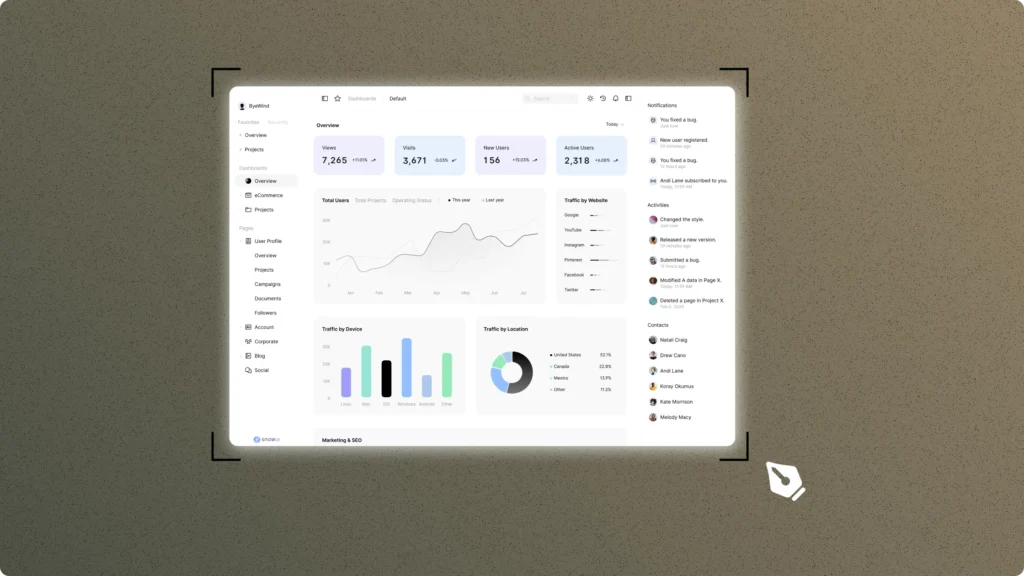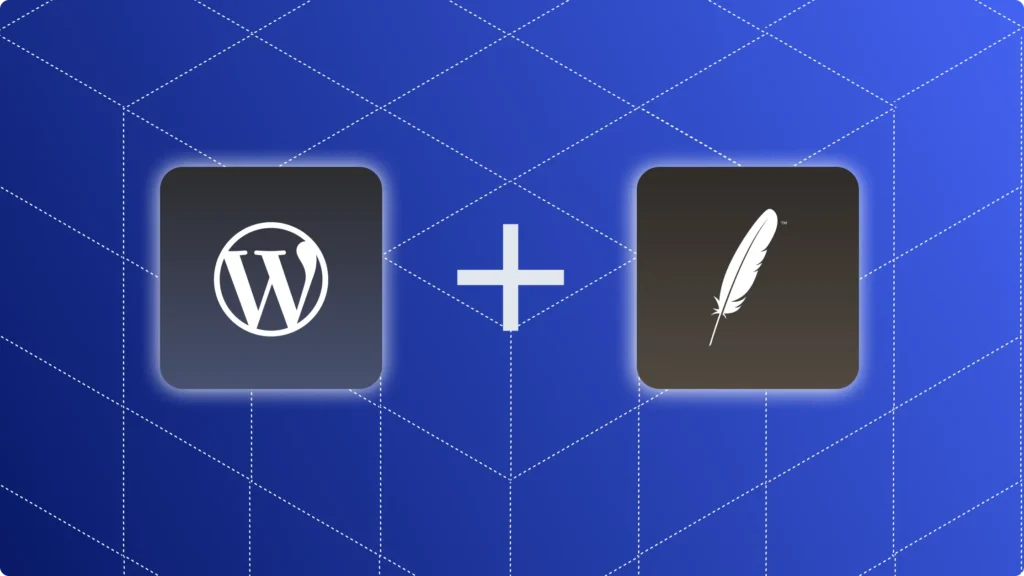When it comes to programming, there are two main approaches that developers can take. These are the top-down and bottom-up approaches. So in this blog, we’ll try to figure out which one is a better approach.
Top-down approach:
The top-down approach is where the developer starts with the big picture and then works their way down to the details. This is often used when developing new systems or applications as it allows for a clear understanding of how everything fits together.
The top-down approach is often used in the design of computer programs. It begins with an overall plan and then breaks this plan down into smaller, more manageable pieces. As each piece is completed, it is integrated into the overall plan. This approach can be contrasted with the bottom-up approach, which begins with the individual pieces and then builds them up into a larger structure.
Top-down approaches are often used in the early stages of design when the overall structure of the algorithms is not yet clear. They can also be used to develop an understanding of the problem before moving on to a more detailed bottom-up design.
Bottom-up approach:
The bottom-up approach is the opposite of this and starts with the details before working up to the big picture. This is often used when adding new features to existing systems as it allows for a more incremental approach.
Bottom-up approaches are often used in the later stages of design when the details of the algorithms are known and the focus is on implementation. They can also be used to validate a top-down design by ensuring that all the required details are accounted for.
Both of these approaches have their own advantages and disadvantages and which one is used will often depend on the specific situation.
Advantages and disadvantages of the top-down approach:
The top-down approach has the advantage of allowing the developer to see the big picture from the start. This can be helpful in ensuring that the system or application being developed is well-designed and fit for purpose.
However, the disadvantage of this approach is that it can be easy to get bogged down in the details and lose sight of the overall goal. This can lead to development taking longer than necessary as the developer tries to perfect every little detail.
Advantages and disadvantages of the bottom-up approach:
The bottom-up approach avoids this problem as it starts with the details. This means that the developer can gradually build up an understanding of how the system or application works as they add new features.
However, the disadvantage of this approach is that it can be difficult to get an overview of how everything fits together. This can make it harder to spot errors or potential problems with the design.
Overall, both the top-down and bottom-up approaches have their own advantages and disadvantages. Which one is used will often depend on the specific situation.







